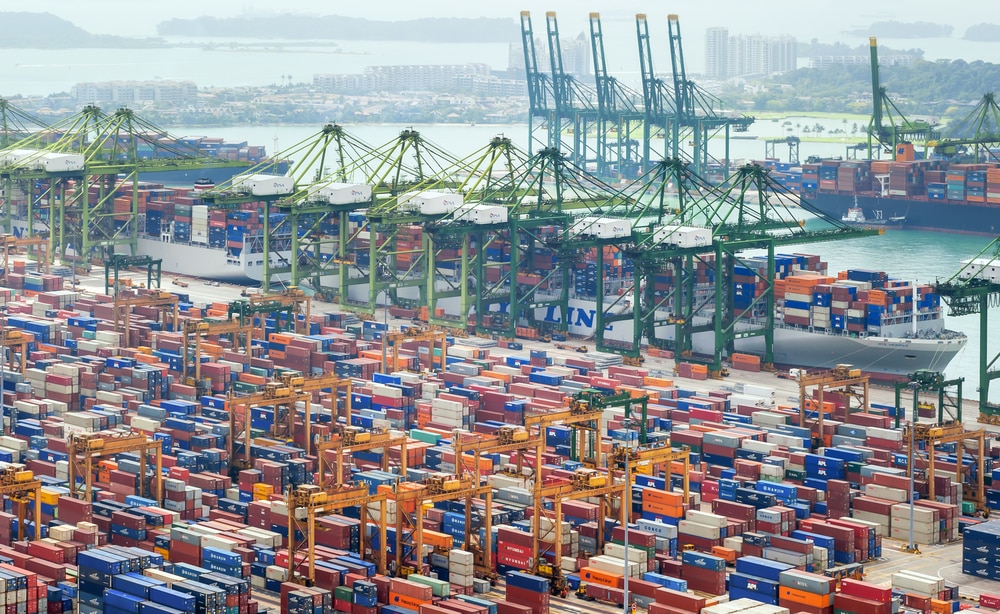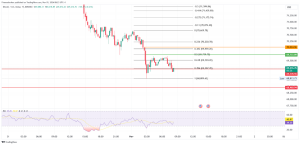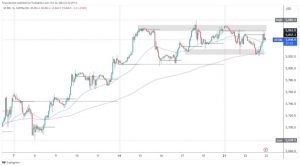
Asian Ports Tighten Seafarers Testing and Crew Changes
In recent weeks, many international Asian seaports have tightened restrictions on crew changes and increased coronavirus screening and isolation measures as new cases started to reoccur globally.
Approximately 1.2 million seamen across Asia have been affected by the changes, which has left many exhausted crew members unable to exchange shifts with incoming crews.
Port authorities have taken these measures to prevent further spreading of coronavirus amid global rising concerns of spiking new cases, especially in parts of the world that had reportedly gotten the outbreak under control.
In Singapore last week, the city’s Maritime and Port Authority said that 15 Filipino crew members in an incoming vessel which stopped for refueling and repairs tested positive for coronavirus. The crew members were consequently restricted from disembarking from the vessel.
The economic news from the Asian region continues on a dire path as the coronavirus derails further the economic recovery in the global maritime trade activity. While the global economy depends on lifted coronavirus measures for faster recovery, the new measures are a huge blow, especially with recent news of recession in the UK.
Stranded Seamen At Sea and At Home
In China, the world’s second largest economy, ports authorities have also stepped screening for incoming vessels’ crew members after several tested positive for coronavirus, according to a report by Platts trade journal. The Panamax vessel crew members were headed for Yantai port in North China, carrying a soybean cargo from Rio Grande.
As tens of thousands of seafarers are now stranded at sea with no docking options either away or at home ports, many have been forced to work beyond their contractual agreements.
The International Maritime Organization states that crew members work between four to six months at sea followed by a period of leave.
“At this very moment, there are 20000 seafarers needing to go home and there are 200000 seafarers sitting at home needing to go onboard to replace those going home.” Said Poulsson, Chairman of The International Chamber Of Shipping.
Hong Kong and Singapore Have Taken Extra Measures
Hong Kong and Singapore which are the most exposed due to their international trade routes and ports, have taken further steps to prevent another outbreak in their cities.
Last month on July 24, the Maritime and Port Authority in Singapore issued a best of practices in light of reemergence of new coronavirus cases, such as testing and isolating crew before and after leaving ships.
In Hong Kong, the city government went as far suspending crew changes with no cargo operation after new cases were recorded in the city, which were blamed to a prior directive to exempt crew members from quarantine.
The new measures were inspired by a report issued by the International Chamber of Shipping (ICS) which highlighted lapses in protocol as observed in various ports.
“With stories emerging yesterday of crew members arriving in Singapore with COVID-19 symptoms, it is clear that some seafarers and crew and manning companies are not taking seriously the protocol of self-imposed isolation(minimum of 14 days) when being rostered for crew change.” Said the ICS.


